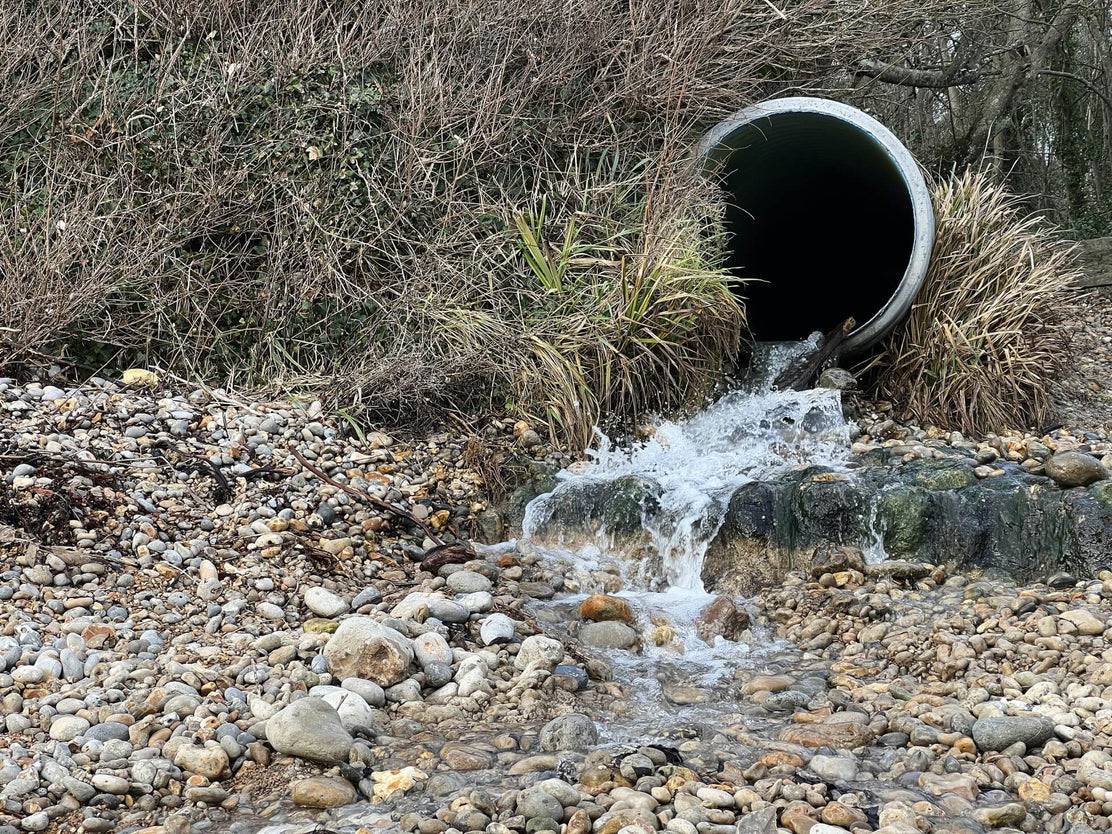The Only Guide to Reclaim Waste
Table of ContentsAn Unbiased View of Reclaim WasteReclaim Waste - The FactsSee This Report about Reclaim Waste4 Easy Facts About Reclaim Waste Shown3 Simple Techniques For Reclaim WasteFascination About Reclaim Waste
With appropriate fluid waste management, firms can lower energy-intensive treatment procedures and disposal expenses. By following a system for taking care of liquid waste, firms can prevent expensive fines and charges and avoid adverse publicity.Keep in advance of policies and preserve a safe office with a digitized compliance tool. Categorizing fluid waste is vital for efficient storage, treatment, and disposal. Environmental, Health And Wellness, and Security (EHS) teams, waste management officers, and conformity managers can take care of these wastes safely and efficiently when they recognize the basics: Produced from houses, this type of fluid waste originates from commodes, sinks, showers, and cleaning devices.
(https://www.magcloud.com/user/reclaimwaste1)Gather depictive samples from various points within the waste stream to make sure accuracy. Conduct regular screening to track any kind of modifications in the composition. Maintain in-depth records of characterization for future referral and conformity purposes. Liquid waste, specifically harmful ones, postures substantial dangers throughout this action. Appropriate treatments minimize spills, leaks, and other crashes that might harm the workers and the public.
The Facts About Reclaim Waste Uncovered
Store waste in safe and secure and leak-proof containers to stop spills during collection. Label the containers appropriately, consisting of the type of waste, prospective hazards, and managing directions.
Sanitation (e.g., chlorination, ultraviolet light, ozonation) and nutrient elimination (e.g., denitrification and phosphorus eradication) are suggested under rigorous laws. Numerous business breached a number of liquid waste disposal guidelines in recent years.
After picking the most effective sort of therapy technique for liquid waste, companies need to locate means to deal with this properly. Here are some reliable methods of fluid waste administration: receive most dealt with liquid waste that meets discharge requirements. refers to making use of treated wastewater in farming lands for watering as long as the effluent fulfills hygienic levels per guidelines.
Reclaim Waste - The Facts
are utilized by markets that create large quantities of low-toxicity liquid waste. Superficial containers contain liquid waste that is allowed to vaporize with natural procedures. The deposit left can be thrown away in landfills. entails burning liquid waste at heats and transforming it into gas and ash - liquid waste removal. This sort of disposal is subject to rigorous ecological policies as a result of potentially unsafe exhausts.
The findings should be documented, evaluated, and stored not just for entry to regulatory authorities yet also for making renovations in the future. Usage trustworthy devices, techniques, and software program remedies to make certain precise and consistent data collection. Stay updated on relevant environmental policies and market requirements. Share information with pertinent stakeholders (e.g., staff members, governing government companies, and neighboring areas) to keep transparency and accountability.
Reclaim Waste - The Facts
Regardless of the company dimension or sector, there are many challenges connected with this job. Recognizing these can help them properly handle their procedures and minimize their environmental influence. makes it difficult to treat and get rid of liquid waste securely. Firms that can not buy centers ought to consider teaming up with the public industry for better services.
Liquid waste describes any material in a liquid state that is surplus, unwanted, or disposed of. One substantial difficulty for firms is the absence of ideal storage space facilities for fluid waste. Partnering with liquid waste services will greatly minimize this challenge Requirement avoid containers and various other containers that are normally utilized for strong waste are typically not enough for the unique demands of taking care of liquid products.
Our Reclaim Waste Diaries
This blog looks into the features of fluid waste, talking about exactly how spills and contamination incidents can be managed properly. It likewise checks out the procedures business can take to prevent future leakages and what to do when spills unavoidably happen. Fluid waste includes any type of undesirable or surplus product that exists in a fluid form and is established for disposal.
This kind of waste occurs when a product is no much longer needed, much like any type of other form of garbage. It is crucial to engage experienced liquid waste administration professionals when transferring or disposing of fluid waste.

The Ultimate Guide To Reclaim Waste
The Environmental Protection Company states the "product must pass via a 0.45-micron filter at a pressure differential of 75 psi" in order to be specified as a liquid. What is essential to keep in mind here is that the much more solid an item is, the much less most likely it is to be liquid. It's feasible to separate between 2 kinds of fluid waste: natural and not natural. Both have their differences.
Both services and people can significantly profit from comprehending appropriate garbage disposal procedures through nine best practices in waste administration. These techniques are aligned with the established waste pecking order.
